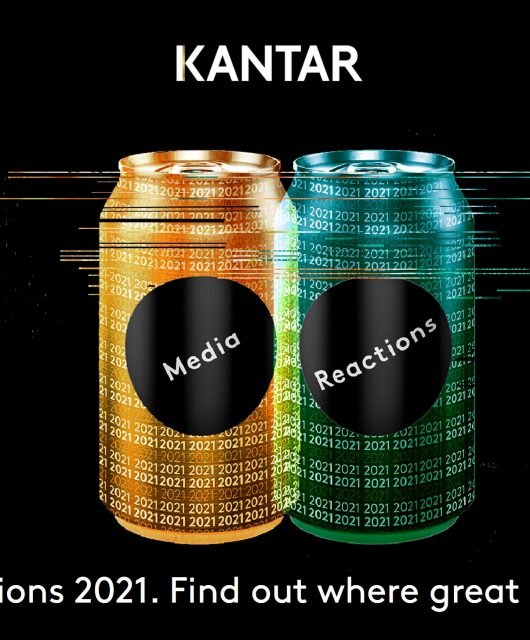As the Christmas season rolled around last year, I started shopping for a few of people who are hard to please. The whole “It’s the thought that counts” thing doesn’t really apply to them. One thing they have in common is a love of grilling, so I thought about getting them a subscription service for high quality meets. Naturally, I started my research on the Internet, looking for companies that were willing to send a few pounds of beef, chicken and pork to people scattered across the country. I was happy to find a web site that listed the top nine options, relieved that my shopping experience wasn’t going to be stressful.

I was wrong.
I clicked on a random link knowing that I was eventually going to look at all of them. The first site loaded and before I was able to see anything interesting, I was interrupted by window asking for my E-mail address. Ostensibly, they have a newsletter that would provide valuable information about… I don’t know… meat. I wasn’t ready to provide my E-mail because I didn’t know anything about the brand.
Slightly irritated, I went back and selected another company. Again, I am presented with a prompt for my E-mail address before I’m able to see anything they have to offer. And again, I go back to the list and select another option. This time, I’m not permitted to see any of their information until I give them my E-mail address.
When it’s all said and done, four of the nine subscription services requested an E-mail address before I had a chance to see their content. Two prompted me for contact information after looking at one product, with one asking for an E-mail address and the other requesting my mobile number. One would not let me see any product detail unless I provided my E-mail address. Only two of the providers let me shop without demanding some personal information.
It came off as desperate.
The aggressive demand for contact information isn’t just about signing people up for a newsletter. We’ve used E-mail marketing for years and the invitations to subscribe have never been this frantic and distasteful. Instead, these companies are probably building first party identity graphs, because we’re all freaked out by the eventual death of the 3rd party cookie.
We’re afraid that we won’t be able to reach our target audiences and many companies are collecting data about their customers so they can continue to reach them via digital media. It’s a strategy that makes a lot of sense, but that fear is making us overeager.
The rash demand for a person’s information damages the brand’s reputation. It suggests a one-sided relationship. Personal information is valuable and asking for it before the consumer has a chance to learn anything about the company or products communicates a disregard for them. It communicates that the brand cares about itself than it does for its customers.
What may be worse is that we’re training people to reflexively close windows without considering whether there’s something valuable to be gained. Some companies offer discounts, freebies or special access in exchange for personal information, but people may miss the chance to take advantage of those benefits because they’ve gotten into the habit of closing those windows without really thinking about it. Consequently, brands lose the chance to develop a deeper relationship.
I’m not saying don’t request customer information. I’m not even saying don’t do pop up windows to request it. We need this information to enable timely, personal and relevant customer experiences. Just ask for it in a way that doesn’t seem desperate, because desperation is unattractive. Give them a reason to want to share their information and don’t make their Christmas shopping any more stressful than it has to be.





